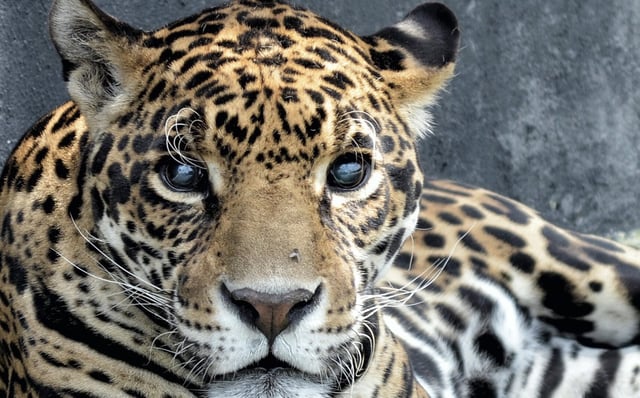Overview
- The Third National Jaguar Census, led by the Alianza Nacional para la Conservación del Jaguar, used 920 camera traps across 23 sites covering 414,000 hectares to produce the 2024 estimate.
- The species remains legally endangered in Mexico, with experts saying 8,000–10,000 individuals are needed for a lower-risk category under current growth projections.
- ANCJ leaders aim to accelerate gains, proposing to reach that threshold in roughly 10–15 years versus about 30 years at the present pace.
- About 70% of occupied sites lie outside formal protected areas, prompting calls to secure corridors and guide local land-use and infrastructure decisions.
- The largest populations were estimated in the Yucatán Peninsula (1,699) and Pacific South (1,541), with confirmed presence across historic range and notable detections in states such as Nuevo León and Guerrero; key threats cited include habitat loss, poaching and trafficking, livestock-borne disease, and human–jaguar conflict.


